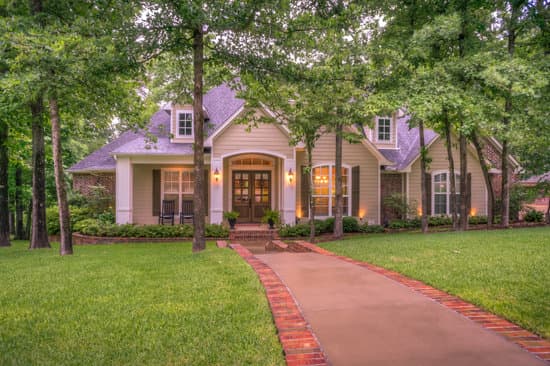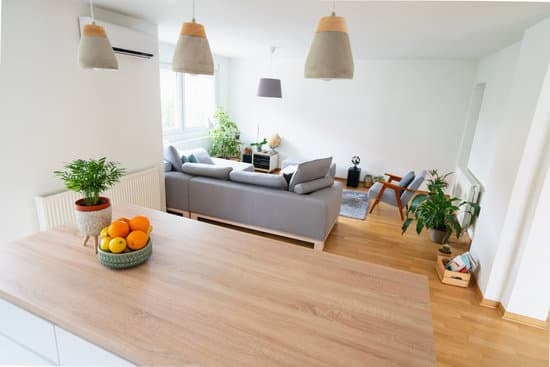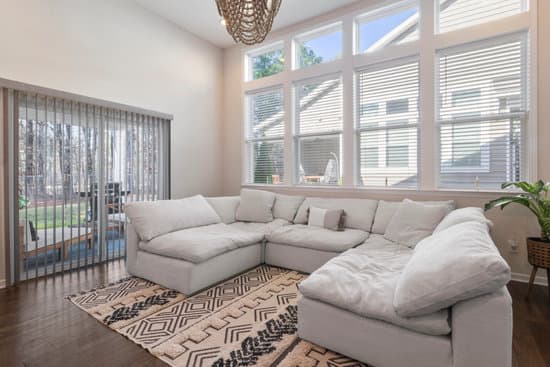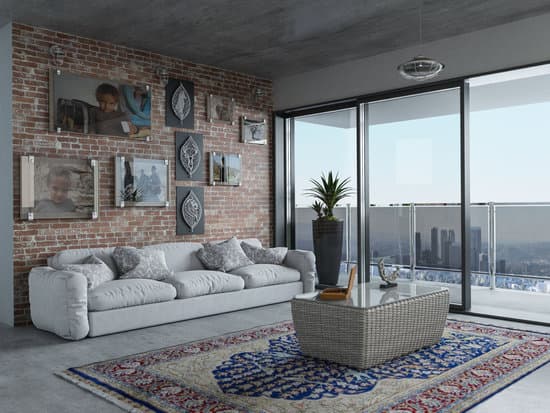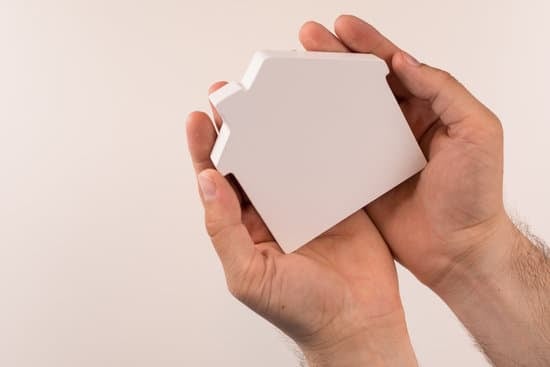Understanding the Differences in Colonial and Victorian Decor
Decorating your living space can be a daunting task, especially when it comes to choosing a design theme. Two popular styles that you may have come across are colonial and Victorian. Both styles are distinct and have unique features that make them popular among homeowners. Colonial decor dates back to the 18th century when settlers came to the United States. It’s a simple style that represents practicality and functionality. In contrast, Victorian decor is more ornate and extravagant, characterized by lavish detail and historical influence. Understanding the differences between these two styles is crucial in creating a cohesive and successful interior design.The Simplicity and Streamlined Aesthetics of Colonial Design
Colonial-style homes have a simplistic and no-frills look and feel. The use of natural materials such as wood and brick, coupled with muted color palettes, denotes a functional and practical approach to design. Unlike Victorian homes, which use darker tones to reflect the abundance of the era, colonial style homes use lighter colors to showcase a more modest and uncomplicated atmosphere. Colonial decor is known for its emphasis on geometry and symmetry. The furniture of this period features clean lines and simple forms that encourage visual balance. Key point: Colonial decor belongs to the 18th century and focuses on simplicity, functionality and practicality. The use of natural materials and geometrical shapes contribute to a no-frills look and a harmonious atmosphere.Colonial Decor’s Focus on Functionality and Practicality
Colonial decor places a premium on practicality. Furniture utilized in this period was developed out of necessity and a need for functionality. Pieces such as cabinets, tables and beds were crafted to serve a specific purpose. As such, the designs were not as ornate as those found in the Victorian era. Colonial decor features items that serve multiple purposes and maximize space utilization. Decorative accessories in a colonial design setting are minimal, but practicality is still upheld through the use of objects such as dried flowers, clay pots and woven baskets. Bullet points:- Colonial decor incorporates furniture for its functional use
- Furniture in colonial design serves a specific purpose
- Colonial design features objects that serve multiple purposes
The Opulent and Vibrant Colors of Victorian Style
Victorian decor is anything but understated. This style boasts loud and vibrant colors that aim to grab your attention. Shades of red, blue and green, accented with gold and silver trimmings, were popular in the Victorian era. These hues were inspired by the vast wealth of the time, and homeowners wanted to showcase their riches through their furnishings and decorations. Victorian decor is also famous for its use of ornamental patterns, which are both intricate and grand. While colonial decor emphasizes simplicity, Victorian decor epitomizes luxury and extravagance. Key point: Victorian decor focuses on grandeur and opulence, characterized by vibrant colors and intricate patterns that reflect the wealth of the era.The Use of Ornate Details in Victorian Design
Victorian decor is big on the details. The most striking feature of this style is the use of ornate patterns, which can be found on everything from wallpaper to upholstery, to accessories. The shapes and designs of these patterns are incredibly intricate, and they often come in rich and bold colors. These patterns are indicative of the Victorian era’s love for all things lavish and extraordinary. Victorian decor also makes use of velvet and silk fabrics, which lend a luxurious feel. Furniture is also ornate, with elaborate wood carvings and embellishments. Bullet points:- Victorian design features ornate patterns in bold colors
- Velvet and silk fabrics are used to create a luxuriant feel
- Furniture in Victorian decor is known for its elaborate wood carvings and embellishments
How to Incorporate Colonial and Victorian Decor in Your Home
Choosing between colonial and Victorian decor can be a difficult task, but the good news is that you don’t have to choose just one. You can incorporate elements of both styles into your home decor to create a unique and personalized look. If you prefer a more modest and unassuming atmosphere, choose colonial furniture with clean lines and geometric shapes. If you want to add a touch of opulence and luxury to your space, consider splashing bold Victorian colors, patterns, and fabrics throughout your home. When mixing and matching styles, it’s best to stick to a neutral palette to balance out the bold colors and patterns. Bullet points:- Choose colonial furniture with clean lines and geometric shapes for a minimalistic atmosphere
- Add a touch of opulence to your home with bold Victorian colors and patterns
- Combine both styles and balance them out with a neutral color palette




